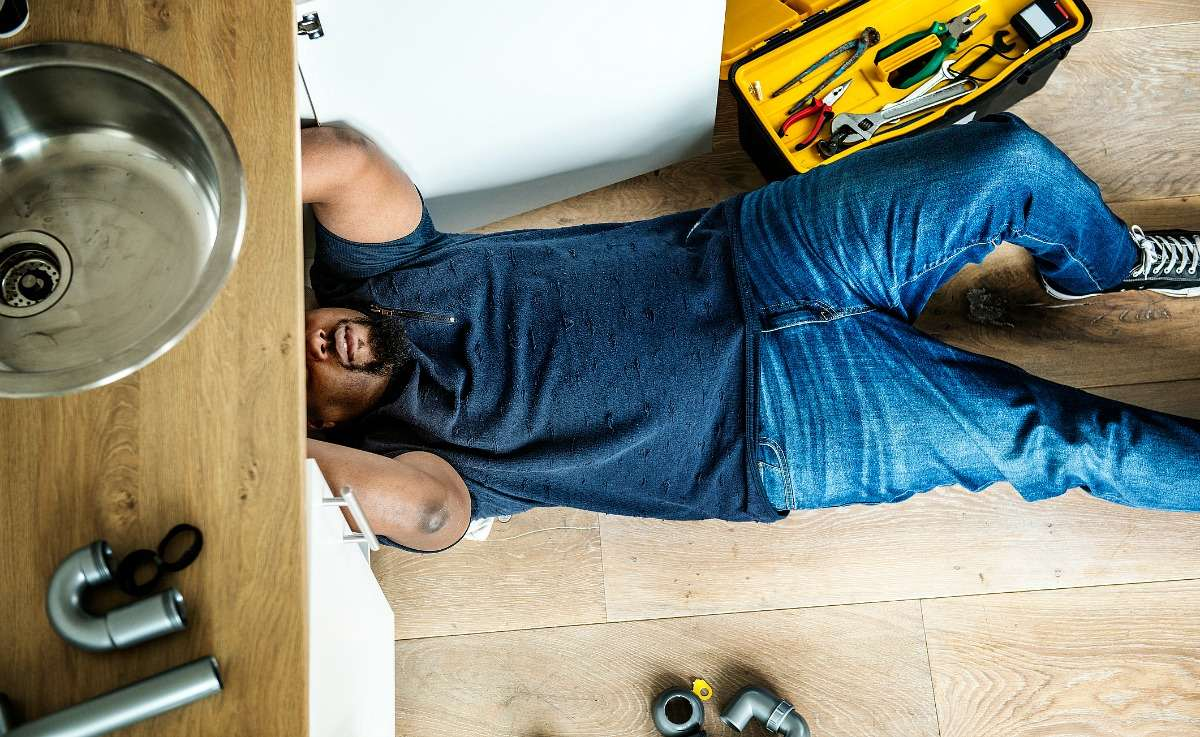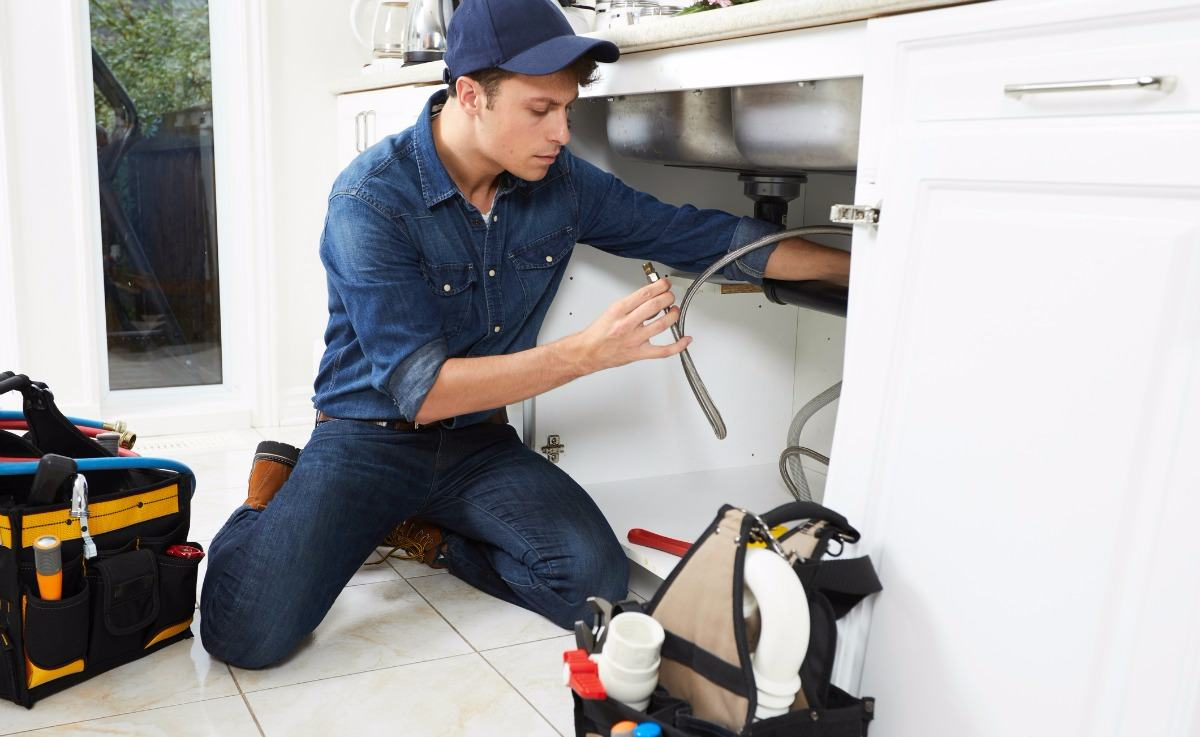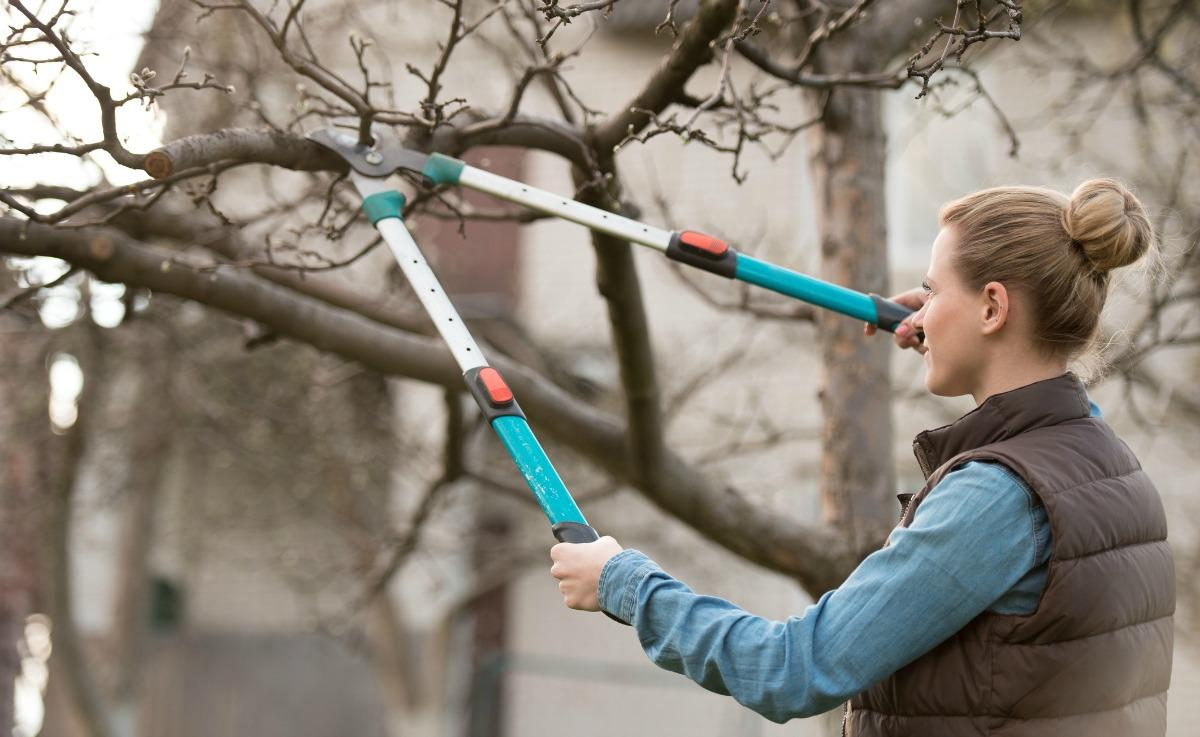Important things to repair before selling a house
The most important things to repair before selling a house
Written by Paula Pant

Keeping a home in good repair can pay significant dividends when it’s time to sell.
Buyers often look for homes that require few repairs, and no one wants a deal to fall apart because the home inspector found an issue the buyers can’t stomach. A little prevention can spare you from the pain of watching a buyer walk away.
Here are some of the most important things you should consider repairing before selling your home. These tips incorporate our own takeaways from having purchased and sold thousands of homes, and we’ve highlighted some of the most common repair items found by our estimators on our website as well.
Kitchen and Bathrooms
The kitchen and bathrooms of a home have the most mechanical systems, such as plumbing and electrical. That means they also have the highest likelihood of damage. Here are the components you should double-check:
- Kitchen appliances. Make sure the refrigerator, stove, dishwasher and microwave are in good working order. Fix any leaks, and replace the coolant or freon in your fridge or freezer if necessary.
- CabinetsIn both the kitchen and bathrooms, everything should be in good condition, free of water damage or rot. Cabinet doors and drawers should open and close smoothly. Fix loose hinges, unclog or replace stuck drawer tracks, and replace broken knobs or handles. You can handle most of these tasks yourself, with a screwdriver and a trip to the hardware store.
→ Want to skip all the work? Request a free, no obligation offer from Opendoor.
If the cabinets are painted, make sure the paint isn’t chipped or peeling. If it is, sand them down and apply a fresh coat. Severely damaged cabinets may need to be replaced, a task that may require a contractor unless you’re skilled at home renovations.
- Sinks and faucetsWater features should run leak-free, and all drains should operate free and clear. The overflow drain, which prevents overfilling a bathtub, should be in good working order. Hot and cold options should operate as marked on the faucets.

- Bathtubs and showers.Fixtures, such as the shower head, should be fully operational, and drains should be free of clogs. If acrylic on a bathtub is peeling, you may need to resurface the tub or replace it. The exhaust vent, which removes the steam from the shower, should be fully operational. Any broken shower tiles should be replaced.
Home Interior
Next, it’s time to take a look at other general interior surfaces.
- Walls and ceilingsRepair nail holes and minor dings and dents in the drywall. If you see discoloration, such as water damage that’s been repaired, repaint the walls. Painting is one of the cheapest and easiest ways to refresh a room. Massachusetts-based real estate agent Bill Gassett recommends removing wallpaper since it’s unlikely buyers will share your style.
- FlooringFrom laminate to carpet, everything should be in good condition. Replace any chipped or cracked floor tiles, or refinish scratched or dented hardwood. Replace torn carpeting, or have it steam-cleaned, especially if you have pets.
- HVACYour heating, ventilation and air conditioning system (HVAC) should be in good working order, clean and free of leaks. Your thermostat should operate properly. If you have any doubts, hire an HVAC technician to perform a tune-up and give you an assessment of your system’s condition.
- Water heaterSimilarly, your water heater should be in good working order and not leak. All pipes should be insulated.
- Smoke and carbon monoxide detectorsYour detectors should be in good working order, and less than ten years old. Test your detectors, and replace the batteries if needed.
- Electrical panel and circuit breakersEverything should meet current codes. Specifically, replace your panelsif you have Zinsco/Sylvania GTE and Federal Pacific labels. Call an electrician if your home has one of these brands. If you have an older system, such as one that uses a fuse box, you may also want to get it checked or updated, since it may be hard for a new owner to find parts, or the system might be rigged for modern usage in a way that it wasn’t originally meant for, making it prone to problems.
Repairs vs. Upgrades
Let’s make a crucial distinction between repairs and upgrades or improvements.
Upgrades are optional, discretionary ways in which a homeowner tries to maximize the value of her home. Replacing new, good-condition carpeting with hardwood floors, for example, is an upgrade. Replacing old, poor-condition carpeting is a repair.
Think of it this way: upgrades can boost the value of your home. Repairs keep your current value from falling.
Home Exterior
According to a 2018 “Cost vs. Value” analysis from Remodeling Magazine, several exterior projects hold the highest payoff with regard to resale value.
Here are some projects with a high payoff ratio that you might want to consider to tackle.
- Garage door.Obviously, it needs to work. So do any remotes. The door should also meet all local codes and safety criteria. You may need to replace the mechanism if a coil spring is broken, or if the door features large dings or dents.
- Exterior doors.Major dings or dents are a no-no. Hardware like door handles should be in good condition, and weatherstripping should be intact, and most homeowners can fix those issues themselves. Sliding glass doors should be properly aligned on tracks. The door leading to the garage should be fire-rated and code-compliant. You may need to call a contractor to replace doors or slide tracks.

- RoofThe roof shouldn’t have any broken or missing tiles, shingles or ridge caps, as these components protect your home from water damage. Replace any problem spots immediately. Cracks, bubbles, and blisters in the sealant are also common. Fix any damage to the underlayment, which is the layer underneath the roof shingles or tiles. Interior water damage can mean a roof leak, so if you see any, call a professional.
- EavesThe eaves are edges of the roof that overhang the exterior wall. They consist of the fascia, the board to which the gutters are installed, and soffits, which connect to the fascia. Everything should be free of water damage and rot. You may need to hire a contractor to replace some boards. Repaint any areas where the paint peels since the paint provides weatherproofing and protection.
- DrainageYard drainage should slope away from the foundation. If water collects by the foundation when it rains, you may need to have contractor re-grade the yard or bust out concrete to fix the issue. Likewise, if the downspouts eliminate rainwater at the foundation of the house, but there’s no runoff, that’s a problem.
- FoundationYour foundation, stem wall and retaining wall should be structurally sound. Hire a contractor to give you a professional opinion if you see any indicators of an unstable foundation, such as sagging floors, horizontal cracks in the foundation, and either horizontal or vertical cracks along any walls, interior or exterior.
Yard
- DecksThe deck or patio should be structurally sound, with code-compliant guardrails. Support columns, also known as infill spacing, should be structurally sound, as well. The deck should not have water damage or termite damage. You might apply a coat of polyurethane over the deck to prevent future water damage.

- LandscapingThe trees, shrubs, plants and other vegetation around the property shouldn’t interfere. For example, if your home is next to a tall oak tree and the branches are touching the roof, you’ll want to trim back those branches before they cause serious damage. Make sure no trees or shrubbery are touching the home.
- Fencing. Wooden fences shouldn’t have any rotting or water-damaged boards. The gate on all fences, wooden or metal, should open and close smoothly. Rust or chipped paint needs fixing, but you could do that yourself. Scrub the fence with a rust converter and a wire brush, and then prime and paint over the affected areas.
If you’ve maintained your home throughout the years, you may not face these issues. Routine preventative maintenance, such as testing the smoke alarms monthly, weatherproofing the deck every year or so, and replacing missing shingles, shortens your repair list when you decide to move.
Final thought
A home is an investment, and regular maintenance — a little DIY elbow grease, a call or two to the pros on occasion — helps keep your investment strong.



